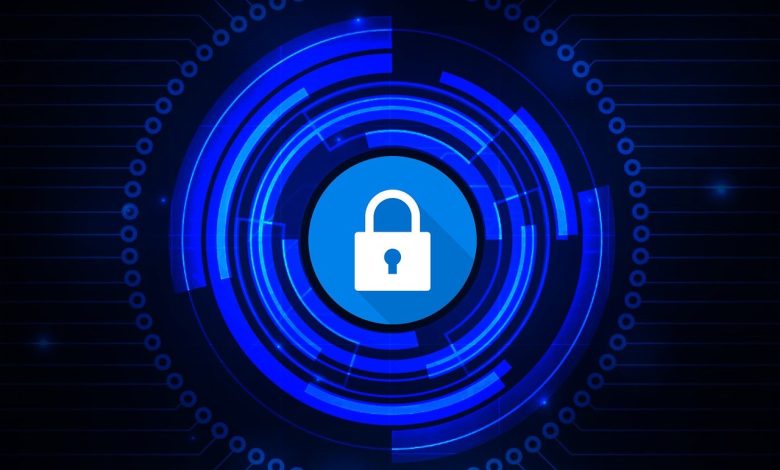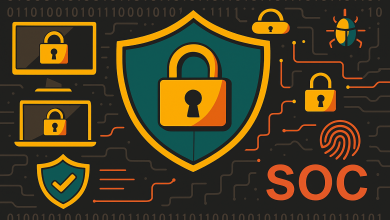
The digital landscape is increasingly fraught with sophisticated cyber threats, making cyber resilience in critical infrastructure not just a technical challenge, but a global imperative. From energy grids and water treatment facilities to transportation networks and healthcare systems, the operational technology (OT) and industrial control systems (ICS) that underpin modern society are under unprecedented attack. Threat actors – ranging from nation-states to hacktivists and ransomware groups – are increasingly adept at exploiting vulnerabilities in these interconnected systems, with consequences that extend far beyond data breaches to physical safety, economic stability, and national security.
Governments and industry bodies worldwide are recognising this urgency, reflected in a surge of initiatives designed to fortify our most vital systems. The European Union’s ambitious Cyber Resilience Act establishes comprehensive cybersecurity requirements for products with digital elements across all critical sectors. The UK’s proposed Cyber Security and Resilience Bill aims to strengthen the resilience of critical national infrastructure through enhanced regulatory oversight and mandatory security standards. In the United States, agencies like CISA (Cybersecurity and Infrastructure Security Agency) and NIST (National Institute of Standards and Technology) provide foundational guidance specifically tailored to critical infrastructure protection, including cross-sector frameworks and sector-specific roadmaps.
Even the World Economic Forum’s Centre for Cybersecurity is actively shaping the discourse, convening public and private sector leaders to address systemic cyber risks to critical infrastructure globally. The message is clear: our interconnected world demands a proactive and adaptive approach to cybersecurity. As critical infrastructure sectors become more digitally integrated and geographically distributed, the attack surface expands exponentially, making isolated, reactive security measures insufficient. Organisations operating critical infrastructure can no longer afford to treat cybersecurity as a compliance checkbox, it must be embedded into the very fabric of operational strategy and culture.
Defining true cyber resilience goes beyond prevention
But what exactly does “cyber resilience” mean in practice for critical infrastructure operators? It’s more than just preventing attacks through firewalls and access controls. True cyber resilience encompasses our collective ability across four interconnected dimensions that work together to create a robust defence posture.
The first dimension is the capacity to anticipate potential threats before they materialise. This involves continuous threat intelligence gathering, vulnerability assessments, and scenario planning specific to operational environments. For critical infrastructure, anticipation means understanding not just IT threats, but OT-specific attack vectors, such as manipulation of programmable logic controllers (PLCs), exploitation of legacy industrial protocols, or compromises designed to cause physical damage or operational disruption.
Equally important is the ability to withstand attacks – maintaining essential functions even whilst under active assault. This requires robust security architectures, network segmentation, defence-in-depth strategies, and hardened systems that can absorb and contain threats without cascading failures. For sectors like energy or water treatment, withstanding an attack means ensuring that critical processes continue operating safely even when certain systems are compromised.
When prevention and containment fail, organisations must possess the capability to recover, restoring full operational capacity swiftly and effectively after a compromise or incident. Recovery plans must account for both IT and OT environments, recognising that industrial systems often cannot simply be rebooted or restored from backups without careful consideration of safety implications and operational dependencies. Organisations must have tested incident response procedures, clear communication protocols, and well-defined recovery time objectives for critical functions.
Perhaps most critically, true resilience requires the capacity to adapt – to learn from incidents, evolve defences based on emerging threats, and continuously improve security posture in response to the changing threat landscape. Adaptation requires organisational agility, ongoing training, regular testing of assumptions, and a culture that views cybersecurity as a continuous improvement process rather than a static end-state.
This holistic view ensures that essential business and operational objectives can continue to be met, even in the face of persistent and sophisticated cyberattacks and system compromises. In essence, cyber resilience is about maintaining operational continuity and achieving core missions, delivering reliable power, ensuring clean water, moving goods and people, providing healthcare – no matter how contested the cyber environment becomes. For critical infrastructure, where the stakes include public safety and economic stability, this comprehensive approach to resilience is not optional.
Building a resilient foundation based on visibility, detection, and action
Achieving this level of resilience requires a strategic and foundational approach built on three interconnected pillars. Organisations operating critical infrastructure across all sectors – from energy and utilities to manufacturing, transportation, and healthcare – must build their defences on a bedrock of comprehensive visibility, continuous threat detection, and actionable insights.
The first imperative is establishing a unified view of all assets within operational environments. You cannot protect what you cannot see. Unlike traditional IT networks, OT and ICS environments often contain legacy systems, proprietary protocols, and devices that were never designed with security or even connectivity in mind. Many organisations lack complete asset inventories of their OT environments, making it impossible to assess risk comprehensively.
Modern OT security solutions must provide non-intrusive discovery and classification of all devices across converged IT/OT networks – from modern IoT (Internet of Things) sensors to decades-old industrial equipment. This visibility must extend beyond simply knowing what devices exist to understanding their configurations, communication patterns, vulnerabilities, interdependencies, and roles in critical processes. Network segmentation strategies depend on this foundational knowledge, as do risk assessments and incident response plans.
Organisations require real-time visibility into both north-south traffic (between IT and OT networks) and east-west traffic (between devices within OT environments). This comprehensive view enables security teams to understand normal operational baselines, identify shadow IT or OT, detect unauthorised connections, and recognise when systems deviate from expected behaviour.
With visibility established, the next pillar is continuous monitoring for both vulnerabilities and active threats. Critical infrastructure operates 24/7, and adversaries don’t respect business hours. Continuous monitoring must encompass multiple dimensions:
- Vulnerability monitoring: Tracking known vulnerabilities across all assets, prioritising based on exploitability, criticality to operations, and available mitigations. For OT environments where patching may be impossible or require extended downtime windows, continuous vulnerability awareness enables compensating controls.
- Behavioural anomaly detection: Identifying deviations from established operational baselines that may indicate compromise, misconfiguration, or insider threats. This includes unusual communication patterns, unexpected protocol usage, or unauthorised changes to device configurations or logic.
- Threat intelligence integration: Correlating internal observations with external threat intelligence feeds tailored to critical infrastructure and specific industry sectors. Understanding which threat actors target your sector, their tactics and techniques, and indicators of compromise relevant to your operational environment enables proactive defence.
Modern solutions increasingly leverage artificial intelligence and machine learning to detect subtle anomalies that might escape human analysts, particularly in complex environments with thousands of devices and millions of daily transactions. However, these technologies must be tuned specifically for OT environments, where false positives can lead to alert fatigue and false negatives can have catastrophic consequences.
As such, actionable risk insights are key. Visibility and detection are only valuable if they drive action. The third pillar transforms data into decisions through contextualised risk insights that enable both proactive defence measures and rapid incident response.
Security teams need dashboards and reporting that translate technical findings into business and operational risk language that resonates with executives, plant managers, and operations personnel. Risk prioritisation must account for operational criticality, not just IT risk scores. A vulnerability on a system controlling a critical safety process may warrant immediate attention even if the Common Vulnerability Scoring System (CVSS) score is moderate, whilst a high-severity IT vulnerability on a non-critical system might be managed through compensating controls.
These three pillars are mutually reinforcing. Visibility enables effective detection, detection generates data that feeds insights, and insights reveal gaps in visibility and detection that must be addressed. By establishing this robust foundation, organisations can protect their critical operations but also ensure sustained continuity, even as the complexity and targeting of cyber environments continue to escalate.
This proactive and adaptive posture – grounded in knowing what you have, detecting when something goes wrong, and acting decisively based on contextual understanding – is no longer a luxury for critical infrastructure operators. It is an essential requirement for safeguarding the systems that modern society depends on. As regulatory frameworks worldwide increasingly mandate these capabilities, and as threat actors grow more sophisticated and persistent, organisations that invest in this foundational resilience will be best positioned to fulfil their missions safely and securely in our contested digital world.



